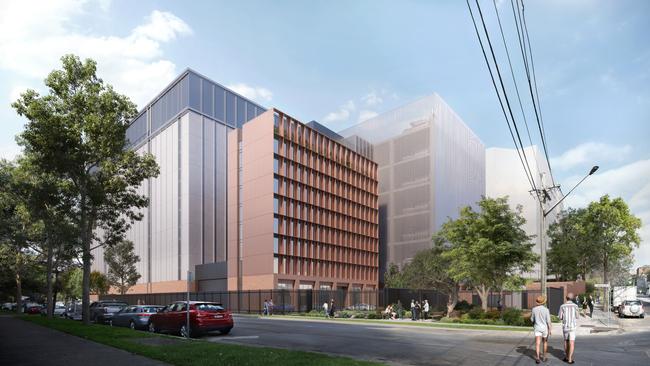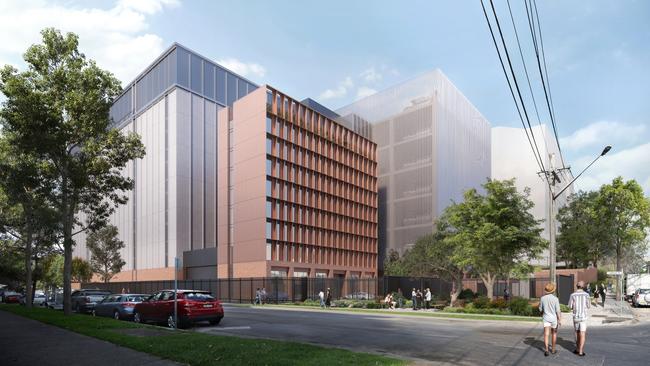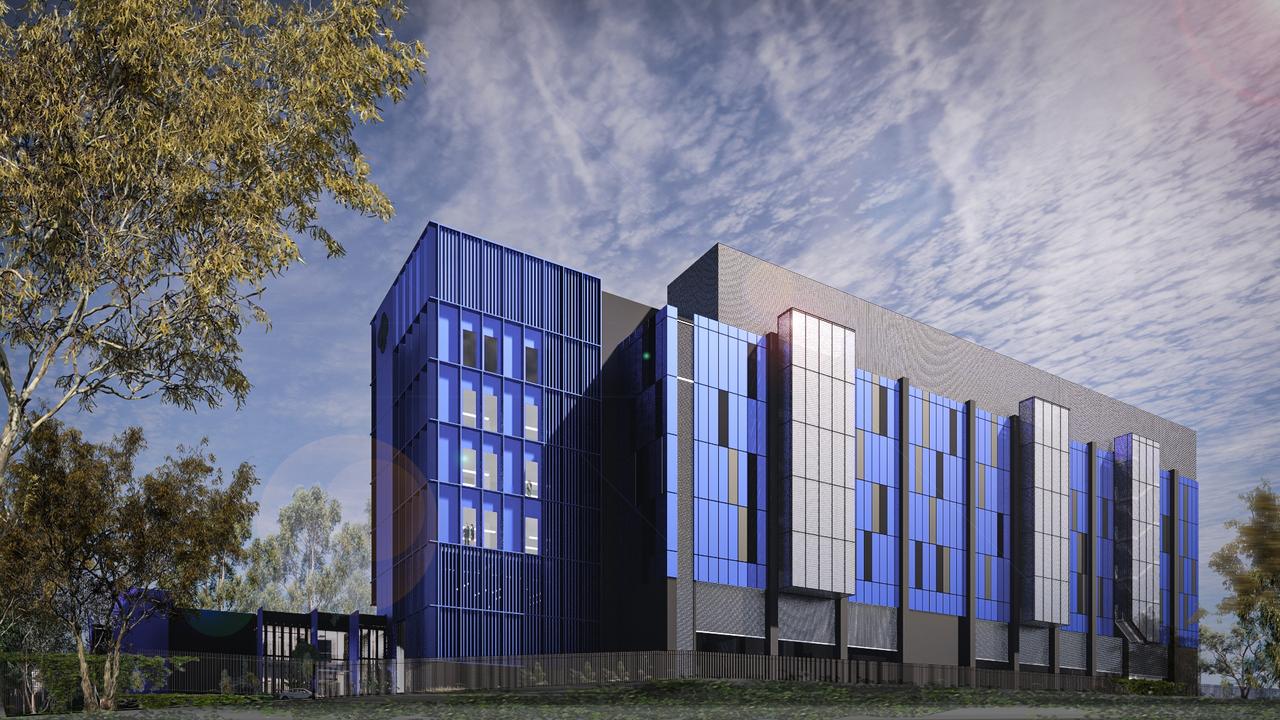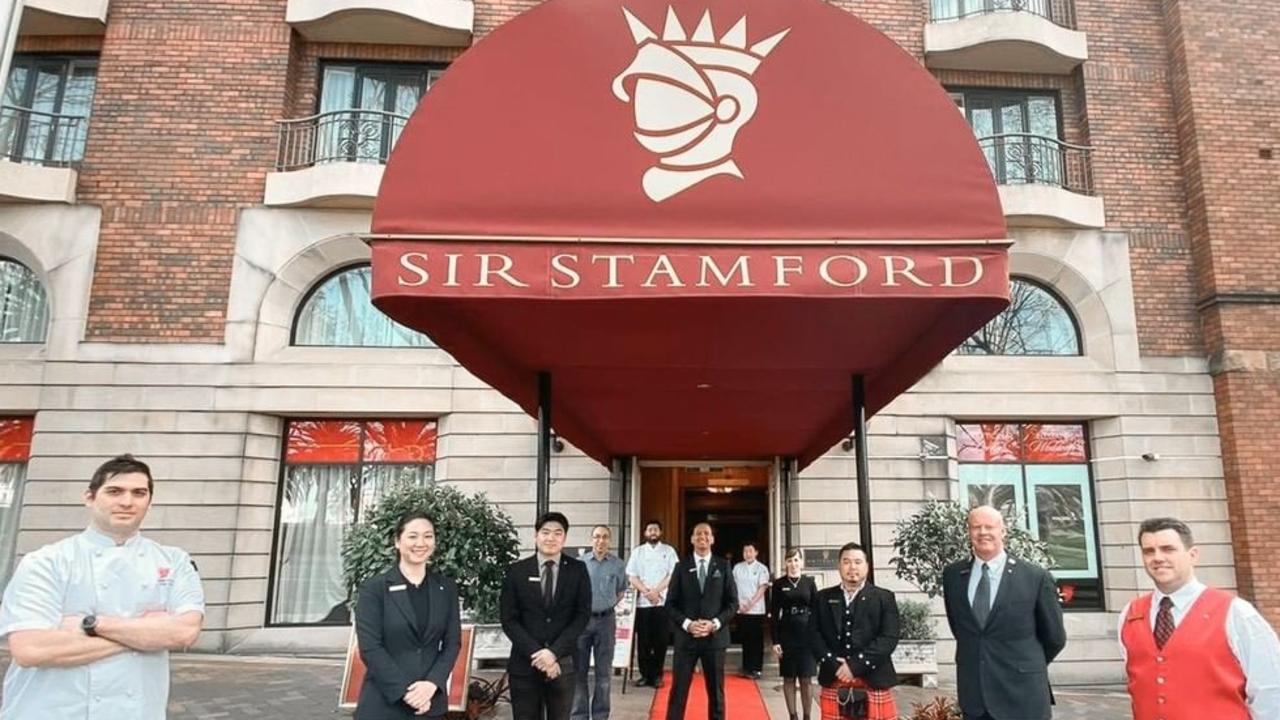Goodman Group hit by pay strike as it stakes future on data centre boom
The $70bn company run by billionaire Greg Goodman has been in the sights of proxy advisers.

Investors have registered their discontent with the pay practices at industrial powerhouse the Goodman Group as it was hit with a first strike against its remuneration report on Thursday.
Proxy votes revealed at the group’s annual meeting in Sydney showed that the company was hit by a near 35 per cent protest against its report, despite investors backing its ambitions to dramatically grow in data centres.
There was also a 36.7 per cent protest vote against the issue of long term incentive awards to its billionaire chief executive, Greg Goodman, and two offshore executives, who are driving its expansion.
The company has come under scrutiny for the out-size packages awarded to senior executives, including Mr Goodman, and for its accounting treatment of its long-term incentive scheme.
The plan has been criticised as overly generous for not providing challenging enough targets for executives, as these are close to market forecasts of future earnings, according to proxy advisers. The expense for the long-term incentive plan in the last financial year was $501.4m, which was excluded from calculation of operating profit, and has also drawn fire.

At the same time as it faces heat from investors over pay, Goodman is seeking to dramatically shift its business and move further into data centres with more than 40 per cent of the $12.8bn pipeline of work in the new field which is benefiting from the AI revolution.
Proxy houses have criticised the group’s executive pay practices, which have made its founder one of the highest paid chief executives on the ASX and put senior executives ahead of many rival property chief executives. Mr Goodman was paid a relatively low base of $1.47m, but the long-term incentive scheme took his package to $14.97m in the past financial year.
Goodman chairman Stephen Johns said that remuneration was an integral component of the group’s business strategy, aligning long-term performance with pay outcomes.
Proxy advisers ISS, Glass Lewis Research and Ownership Matters called for a vote against the company’s remuneration report, continuing long-running criticism of the company’s practices, which has seen it hit with strikes in previous periods.
“Despite strong and consistent improvement in the company’s financial performance and shareholder returns, corporate governance concerns are raised for excessive bonuses relative to local market and industry peers,” ISS said.
Glass Lewis Research also recommended against the company’s remuneration report on the basis it had insufficiently challenging hurdles. It also opposed equity grants to Mr Goodman and senior executives on the same basis.
“This year, analyst consensus growth in earning per security has increased from prior years and now sit either at the stretch vesting performance level,” Glass Lewis said. “We interpret this as a sign the condition is not sufficiently challenging, and would expect stretch vesting results to occur only when market expectations are beaten.”
Mr Johns said the board was deeply disappointed that proxy advisers this year recommended against approving the remuneration report and awards to top executives.
He said the pay strategy had resulted in the group demonstrating significant alignment between staff and shareholder outcomes.
Mr Johns said the global nature of the business meant it was inappropriate for proxy advisers to primarily use local company pay comparisons when the company’s largest competitors are US or European.
He defended the hurdle set in the long-term incentive plan, saying at 11 per cent compound annual growth return hurdle for full vesting was two to two-and-a-half times higher than those estimated for the peer companies and would require an increase in operating profit of more than $1.2bn over the full-year.
Mr Johns also defended the exclusion of share-based payments from Goodman’s operating profit calculation. He said that the company’s method was the primary measure used by investors to value its shares and believes that it was the best approach to generate sustainable long-term returns.
Mr Goodman told the meeting that the firm’s $12.8bn pipeline was split between logistics and data centre projects. Data centres now make up more than 40 per cent of this quantum, and this is only likely to grow as it has expanded its global power bank.
The company confirmed its forecast operating fiscal 2025 operating earnings per share growth of 9 per cent, which equates to more than $2.2bn of operating profit and a full-year distribution of 30c per share.
Goodman shares were up 1 per cent to $36.90 on the ASX in late morning trading.



